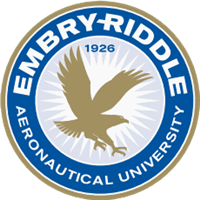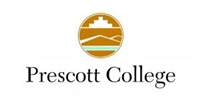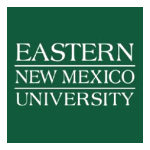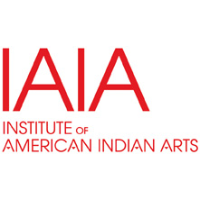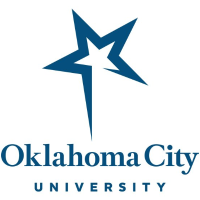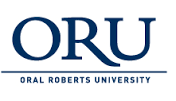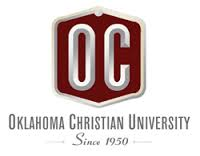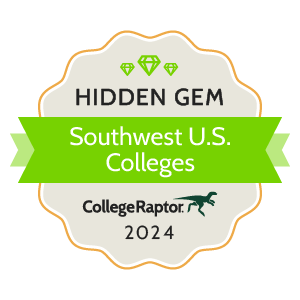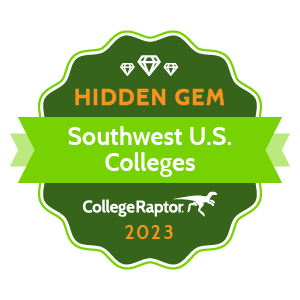 Vast deserts, sprawling cities, deep canyons, and rugged mountains, all make up the landscape of the Southwest region. Many of the colleges in the area are as excellent as the geography is dynamic. We wanted to highlight some of the lesser-known Southwest colleges that deserve attention.
Vast deserts, sprawling cities, deep canyons, and rugged mountains, all make up the landscape of the Southwest region. Many of the colleges in the area are as excellent as the geography is dynamic. We wanted to highlight some of the lesser-known Southwest colleges that deserve attention.
To qualify as a Hidden Gem, a school must meet the following requirements:
- Receive fewer than 5,000 applications per year
- Have fewer than 7,000 undergraduate students
- Offer 5 or more unique majors
- Have a 10% acceptance rate or higher
For this hidden gems list, we’re including the following states as part of the Southwest: Arizona, New Mexico, Oklahoma, and Texas.
Here are the Hidden Gem colleges of the Southwest!
Hidden Gems in the Southwest
ARIZONA
Embry-Riddle Aeronautical University’s Prescott campus is located just north of a wildlife sanctuary and the Willow Creek Reservoir. Alumni of the school have gone on to have impressive careers as astronauts, scientists, military members, authors, athletes, and politicians. Embry-Riddle has an acceptance rate of 74% and 94% of students receive grant aid.
Location
Prescott, AZ
Institution Type
Private
Student Enrollment
3,004
Prescott College, which offers up to a doctorate, does not charge applicants and every student receives institutional grants. Accepting nearly every student who apples, Environmental Studies and Psychology are the most popular majors. Most sports at the school are intramural, though Prescott does have a competitive cycling team.
Location
Prescott, AZ
Institution Type
Private
Student Enrollment
970
A for-profit school, the University of Advancing Technology offers 25 total degree programs to students. Game and Interactive Media Design is the most popular major, followed by Computer Game Programming, Computer Science, and Digital Arts. Students need to finish a “Student Innovation Project” and internship before they can graduate.
Location
Tempe, AZ
Institution Type
Private
Student Enrollment
836
A loan designed with you in mind
Variable cosigned rates from 5.99% - 15.85% APR with auto-debit
LEARN MORE
NEW MEXICO
Also known as New Mexico Tech, the school is focused on science and engineering. Mechanical Engineering is a popular major among students, followed by Computer Science and Electrical Engineering. The school has several activities including rock climbing and hiking, a biweekly newspaper (Paydirt), and an 18-hole golf course.
Location
Socorro, NM
Institution Type
Public
Student Enrollment
1,686
Offering up to the master’s degree, Eastern New Mexico University has 74.6% undergraduate students. ENMU does not charge application fees at either level and the school has a 50.6% acceptance rate. Over 350 student-athletes compete as the Greyhounds in sports like track, basketball, football, soccer, and rodeo. They can also be eligible for scholarships.
Location
Portales, NM
Institution Type
Public
Student Enrollment
5,266
Often shortened to IAIA, the school is classified as a public tribal land-grant college. It offers 5 majors: Fine Arts, Cinematography, Creative Writing, Native American Studies, and Museum Studies. Many graduates have gone on to become celebrated Native American artists. 86% of students attending IAIA also receive institutional grants.
Location
Santa Fe, NM
Institution Type
Public
Student Enrollment
693
OKLAHOMA
There are more women than men at both the undergraduate and graduate levels at OCU, where 98% of students receive institutional aid. The school accepts 73% of students who apply. On the field, Oklahoma City University’s Stars are cheered on by other students wearing blue and white and their mascot, a ram named Starsky.
Location
Oklahoma City, OK
Institution Type
Private
Student Enrollment
2,617
“Educate the whole man,” is the motto of Oral Roberts University. ORU’s campus is located by the Arkansas River, and is known for its unique architecture. There is an 78% first year retention rate. One notable alumni includes Kathie Lee Gifford, and many other ORU students have gone onto impressive careers in music, sports, literature, and media.
Location
Tulsa, OK
Institution Type
Private
Student Enrollment
4,317
A bald eagle features on Oklahoma Christian University’s seal, and also serves as mascot and namesake to the OC athletic teams. 98% of students receive institutional grants from the school. They also offer its full-time students laptops, iPhones, and iPads, and students can take advantage of IT support.
Location
Edmond, OK
Institution Type
Private
Student Enrollment
2,055
TEXAS
A small liberal arts school and the oldest college or university in the state, Southwestern University has a 51% acceptance rate. A whopping 100% of students receive institutional aid to help pay the costs of college and applicants do not have to pay a fee. Business/Commerce is the most popular major, followed by Psychology and Biology.
Location
Georgetown, TX
Institution Type
Private
Student Enrollment
1,506
Veritatem, Justitiam Diligite” is the motto of the University of Dallas. In English it means “Love Ye Truth and Justice.” All students attending receive financial aid from the school, averaging about $28,325 per student. With a 12:1 student-to-faculty ratio, the university also has an 81% first year retention rate and admits 53.8% of applicants.
Location
Irving, TX
Institution Type
Private
Student Enrollment
2,489
Austin College has a rather unique mascot - a kangaroo. The Fighting Kangaroo teams wear crimson and gold to represent the school colors. Alumni of Austin College have gone on to have impressive careers as musicians, politicians, educators, athletes, and authors. The school does not charge application fees but is fairly selective with 43% acceptance rate.
Location
Sherman, TX
Institution Type
Private
Student Enrollment
1,302
Interested in any of these schools? Check out College Raptor’s free match tool to see if they’re a good fit for you!
Methodology
Colleges are ranked based on a combination of factors, including graduation rates, campus diversity, endowment per student, and other data as reported via the National Center for Education Statistics (NCES) for the most recently-available enrollment year. Some colleges may have been excluded from rankings based on certain criteria, including specialization and classification. Learn about our full methodology.
 Vast deserts, sprawling cities, deep canyons, and rugged mountains, all make up the landscape of the Southwest region. Many of the colleges in the area are as excellent as the geography is dynamic. We wanted to highlight some of the lesser-known Southwest colleges that deserve attention.
Vast deserts, sprawling cities, deep canyons, and rugged mountains, all make up the landscape of the Southwest region. Many of the colleges in the area are as excellent as the geography is dynamic. We wanted to highlight some of the lesser-known Southwest colleges that deserve attention.